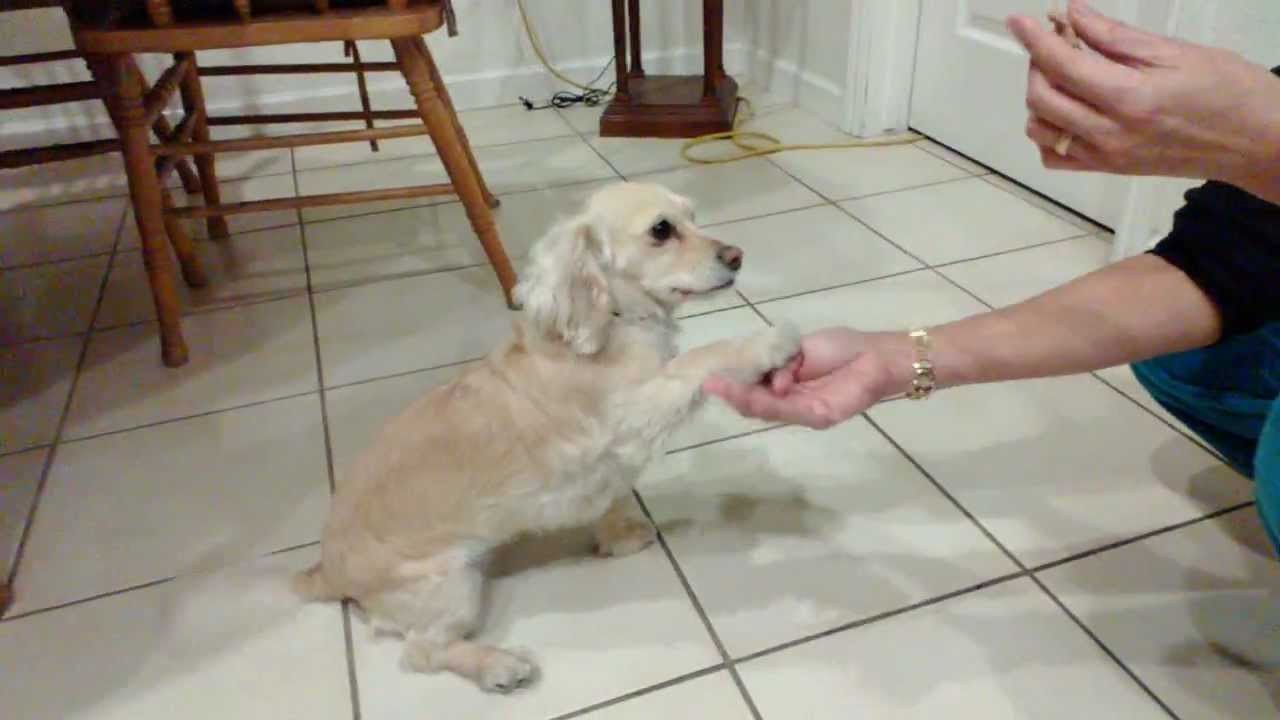
The Docker, a deliberate crossbreed between a Cocker Spaniel and Dachshund, emerged in 1999 as a delightful designer dog that combines the best traits of both parent breeds. This small to medium-sized hybrid, weighing 15-30 pounds and standing 10-15 inches tall, inherits the Dachshund's distinctive long body and the Cocker Spaniel's friendly disposition. While their appearance can vary significantly due to genetic randomization, these energetic and affectionate dogs typically display a blend of physical characteristics from both lineages. Known for their adaptability and loving nature, Dockers have gained popularity as family companions over the past two decades.
Appearance and Physical Traits
Size and Build
The Docker typically stands around 12 inches tall and weighs between 15-30 pounds, classifying them as a small to medium-sized breed. Their body structure can vary significantly, with some inheriting the Dachshund's long body and short legs, while others may have a more balanced Spaniel-like build.
Coat Variations
The coat characteristics can range from short to medium length with various textures - smooth or wiry depending on the Dachshund parent's coat type. Their fur comes in diverse color combinations including black, brown, white, and tan, often displaying mottled patterns due to the mixed genetics from both parent breeds.
Overview and History of the Docker
Origin and Development
The Docker emerged as a designer breed in 1999, combining the hunting heritage of both the Cocker Spaniel and Dachshund breeds. While some Dockers result from intentional crossbreeding programs, others occur naturally through random breeding, leading to variations in pricing and availability.
Recognition and Nomenclature
While commonly known as the Docker, this mixed breed is also referred to as the Spaniel Doxie. Despite their growing popularity among dog enthusiasts worldwide, they remain a relatively new hybrid breed without formal recognition from major kennel clubs. Their adaptability to various living environments and moderate price point compared to purebred dogs have contributed to their increasing appeal as family pets.
Physical Characteristics and Appearance
Inherited Facial Features
The Docker's facial characteristics showcase a unique blend of both parent breeds. The face structure can display the Cocker Spaniel's gentle, rounded features or inherit the Dachshund's elongated muzzle. Their eyes are typically round and expressive, while ear shapes vary between the Spaniel's long, feathered ears and the Dachshund's shorter, pendant style.
Body Structure Genetics
While previous sections covered general size and build, this section focuses on genetic inheritance patterns. The Docker's body composition demonstrates strong genetic influence from both parent breeds, with the spine length and chest depth showing particular variability. Some puppies inherit the Dachshund's pronounced chest with a deeper barrel shape, while others display the more proportionate chest-to-body ratio typical of Cocker Spaniels.
Health and Lifestyle Requirements
Exercise and Activity Needs
While previous sections covered general traits, this section specifically focuses on exercise requirements. The Docker's high energy levels demand regular mental and physical stimulation. They require daily walks with proper harness equipment and engaging activities like food puzzles to maintain their wellbeing. Their hunting background from both parent breeds contributes to their need for structured exercise routines.
Health Considerations
The Docker inherits specific health predispositions from both parent breeds. Regular veterinary check-ups are essential to monitor for common issues including hip dysplasia, ear infections, and eye problems. Their unique body structure, particularly in specimens inheriting the Dachshund's long back, requires special attention to prevent spinal issues. Despite these health considerations, with proper care and regular medical attention, Dockers can maintain good health throughout their lifespan.
Conclusion
The Docker, a designer breed resulting from crossing Cocker Spaniels and Dachshunds, emerged in 1999 and represents a unique blend of physical and behavioral traits from both parent breeds. These small to medium-sized dogs typically stand around 12 inches tall and weigh between 15-30 pounds, with considerable variation in body structure, coat type, and coloring. Their physical characteristics can range from inheriting the Dachshund's long body and short legs to displaying a more balanced Spaniel-like build.
The research indicates that while Dockers are becoming increasingly popular as family pets due to their adaptability and moderate price point, potential owners should be aware of their specific needs and health considerations. Their high energy levels require regular exercise and mental stimulation, while their inherited health predispositions necessitate consistent veterinary care, particularly regarding spinal health, hip dysplasia, and ear infections. Future owners should carefully consider these factors when deciding if a Docker is the right choice for their lifestyle and living situation.